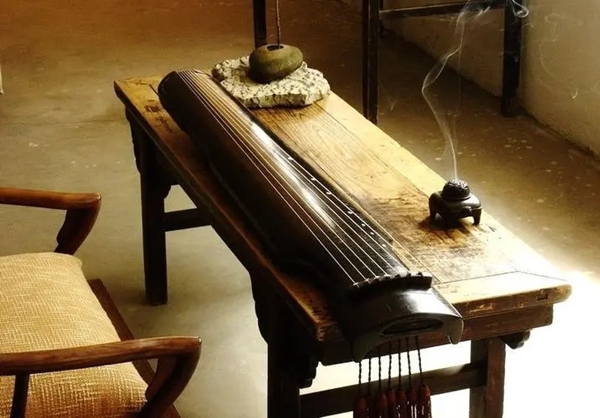An analysis of Guqin snaking and crane fingering: the flow of rhyme and the extension of meaning under the graceful posture
In Guqin art, the unique fingering technique is not only the core of the playing technique, but also the key to the expression of musical meaning and emotional flow. Among them, "snake walking and crane walking" as an advanced and extremely artistic expression of guqin fingering, deeply respected and loved by the piano players.

The word "snake walk" originates from the dynamic simulation of snake snake in guqin performance, which is reflected in the fingering method, which requires the player's fingers to slide on the string, as smooth and continuous as snake, without any stagnation and obtrusion. This fingering in guqin performance for the performance of 猱, notes and other skills, can be delicately depict the transition between notes, so that the melody like water flowing, full of vitality and dynamic beauty.
The "crane walk" is modeled on the leisurely, steady and free walking posture of the crane. In guqin performance, crane fingering emphasizes that each note is independent and clear, just like a crane walking on snow, each step is precise and powerful, yet elegant and calm. This fingering is reflected in the techniques of picking, hooking, picking, and playing, which can not only accurately locate the intonation, but also make the melody lines appear rigid and flexible, with both strength and flexibility.
The two fingering methods of "snake walking and crane walking" seem to be opposite, but they complement each other. In the process of the interpretation of Guqin music, through the flexible use of these two fingerings, players can achieve the effect of both static and static, rigid and soft in the performance of music, so that the music has both delicate emotional flow and clear rhythm, so as to better show the far-reaching artistic conception and cultural connotation of Guqin music.
In general, "snake walking and crane walking" is not only a high-end skill in the technical level of guqin performance, but also reflects the philosophy of advocating nature and pursuing harmony in traditional Chinese culture. It is an indispensable treasure in the art of guqin, worthy of in-depth study and exploration by every guqin lover and researcher.
 渝公网安备 50010702504639号
渝公网安备 50010702504639号